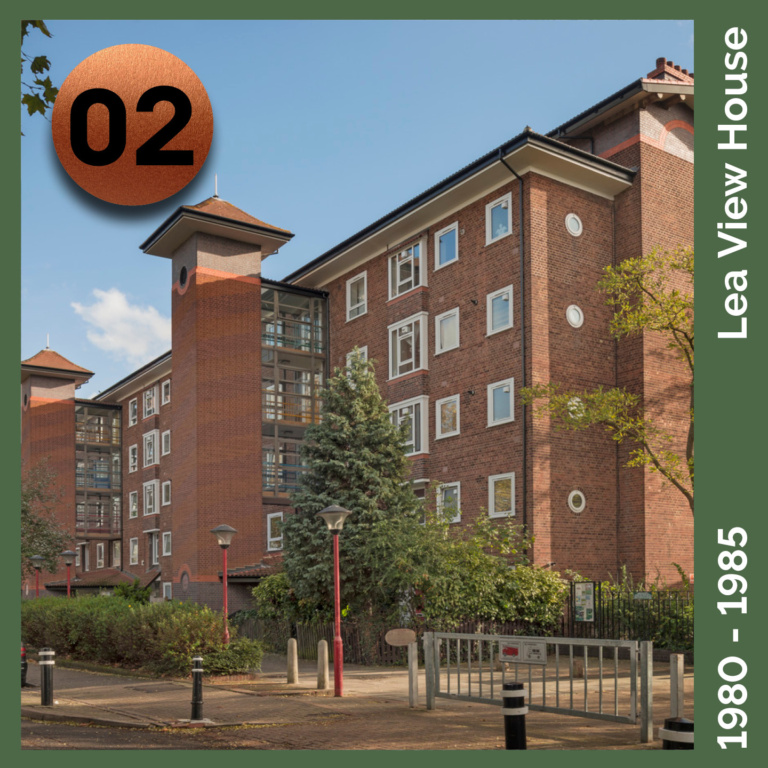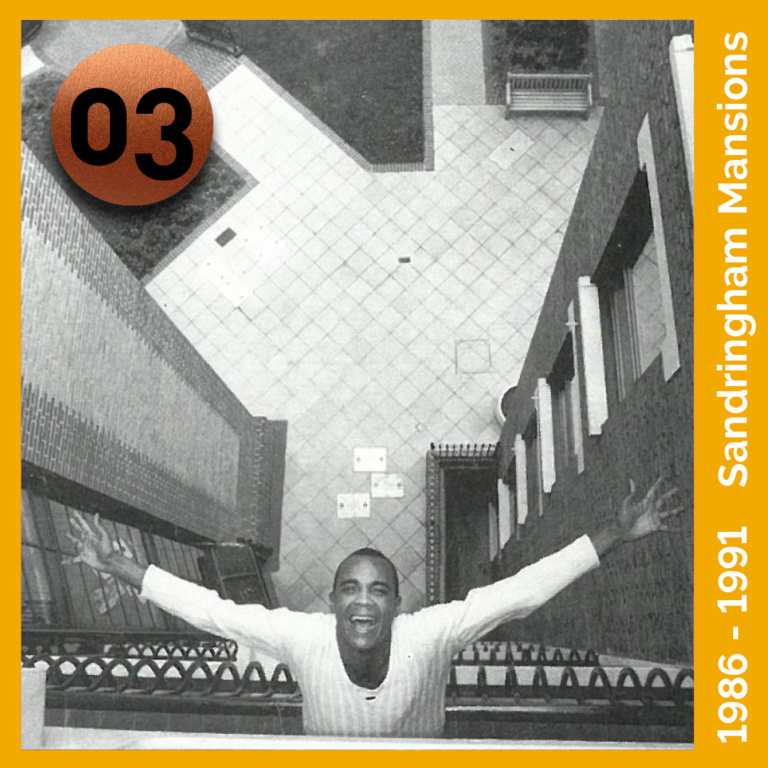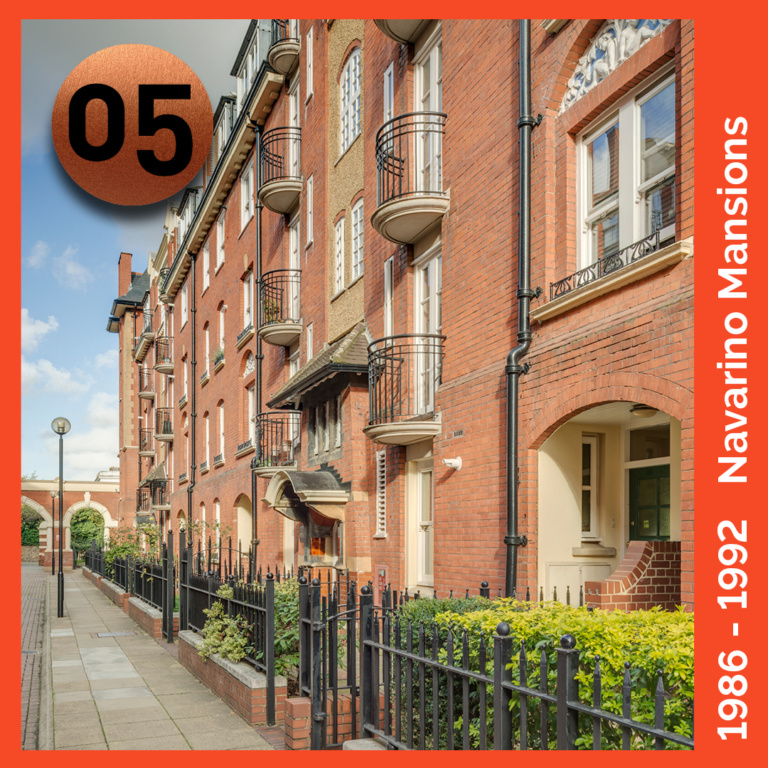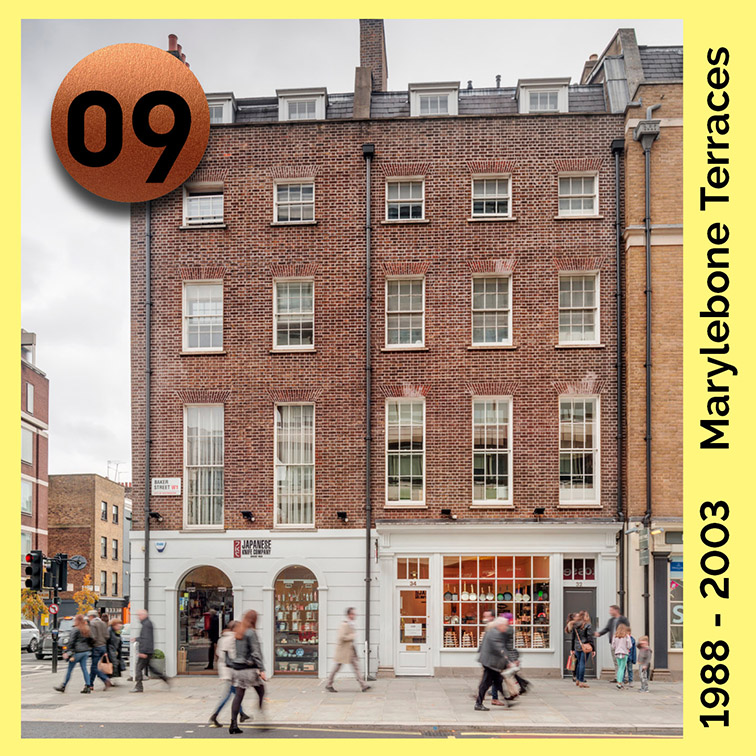HTA’s transformation of Sandringham Mansions for Soho Housing Association combined architectural innovation with deep resident engagement. Between 1986 and 1991, 157 Victorian model dwellings were refurbished to modern standards, retaining a diverse, mixed community in the heart of the West End. The complex, phased works preserved independent shops, enhanced safety and access, and created new homes and communal spaces, reviving this historic building as a place people continue to call home.

Sandringham Mansions
Renovating Historic Housing Through Community Led Design
One Place, Many Stories
Architecture

Sandringham Mansions was rescued from the brink of demolition in the late 1980s by Soho Housing Association, who acquired the 19th-century philanthropic housing block for £1 following the dissolution of the Greater London Council. HTA was appointed to lead the transformation of 157 dilapidated Victorian flats into high-quality social housing, restoring the building’s architectural character while safeguarding its community spirit.
Originally built in 1884 by the Improved Industrial Dwellings Company and inspired by the model homes of the 1851 Great Exhibition, the building had long been a home for working Londoners and a backdrop for a vibrant local high street of second-hand bookshops and specialist retailers. Rooted in a community architecture ethos, our approach involved intensive consultation with residents, through interviews, workshops, and a dedicated project office established in a vacant flat.
We prioritised collaboration and transparency, with extensive surveys and regular on-site dialogue enabling us to understand both the technical challenges and the lived experience of residents. Key concerns, deteriorating clinker concrete, inadequate heating, poor security, and unsafe communal areas, were addressed through thoughtful and durable design interventions.
The refurbishment programme replaced failing access decks and roofs, enlarged flats to meet modern space standards, and introduced lifts to all blocks. New landscaped gardens, a roof-level play area, and a community room were created, alongside additional new homes. Our design improved security and street presence, re-establishing residents’ connection to their surroundings.



Delivered in five carefully sequenced phases, the project allowed local shops to continue trading throughout, preserving the area’s distinctive character. The majority of original residents and leaseholders returned on completion, underscoring the success of our inclusive and place-specific approach.
Opened by Prince Charles, the renewed Sandringham Mansions now stands as a model of architectural care and social value. It continues to serve as home, high street anchor, and cultural backdrop, proof of the power of collaborative, context-sensitive design.








